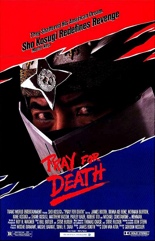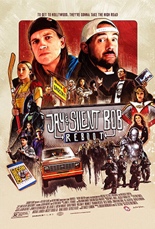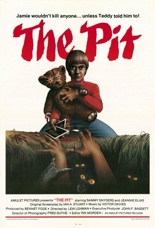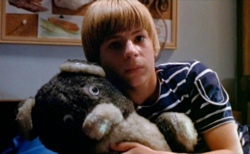
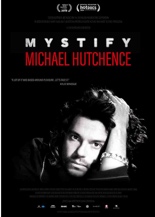 Growing up in the late ’80s, it was impossible to turn on the radio without hearing the voice of Michael Hutchence cooing an unseen paramour in tunes like “Need You Tonight” and “Devil Inside.”
Growing up in the late ’80s, it was impossible to turn on the radio without hearing the voice of Michael Hutchence cooing an unseen paramour in tunes like “Need You Tonight” and “Devil Inside.”
It was a power that I, even as a 10-year-old, wanted desperately to possess, so much so that I even dressed up as Hutchence when my rural Texas school had a “come as your favorite celebrity” day. It was almost as good as the previous year’s George Michael costume.
A longtime INXS fan, I’ll admit that I have always had trouble reckoning the final years of Hutchence’s life, when he seemingly transformed from a likable cipher to a pretentious buffoon, more interesting for his problematic personal life than the music that had made him a vaunted superstar the world over.
 It’s something that director Richard Lowenstein explores in-depth in the seductive documentary Mystify: Michael Hutchence; while the hits with his Australian band are casually mentioned, the film primarily seeks to explore the life of Hutchence outside of music, to great effect. Although it skips output like Dogs in Space for a bit too much about side project Max Q, for example, it’s a film of marked choices, most of which adds a surprising layer of humanity to the long-locked frontman.
It’s something that director Richard Lowenstein explores in-depth in the seductive documentary Mystify: Michael Hutchence; while the hits with his Australian band are casually mentioned, the film primarily seeks to explore the life of Hutchence outside of music, to great effect. Although it skips output like Dogs in Space for a bit too much about side project Max Q, for example, it’s a film of marked choices, most of which adds a surprising layer of humanity to the long-locked frontman.
What truly shocked me, however, was learning about Hutchence’s head injury in the early ’90s that apparently severed nerves and left him a different person, wildly erratic and often depressed. It’s this injury that is believed to have led to his 1997 suicide.
As mortifying as it all sounds, it’s really not all doom and gloom, as ultimately, Mystify is more a celebration of Hutchence as his family and friends remember him and want him to be remembered. It’s the way I want to remember him, too. —Louis Fowler


